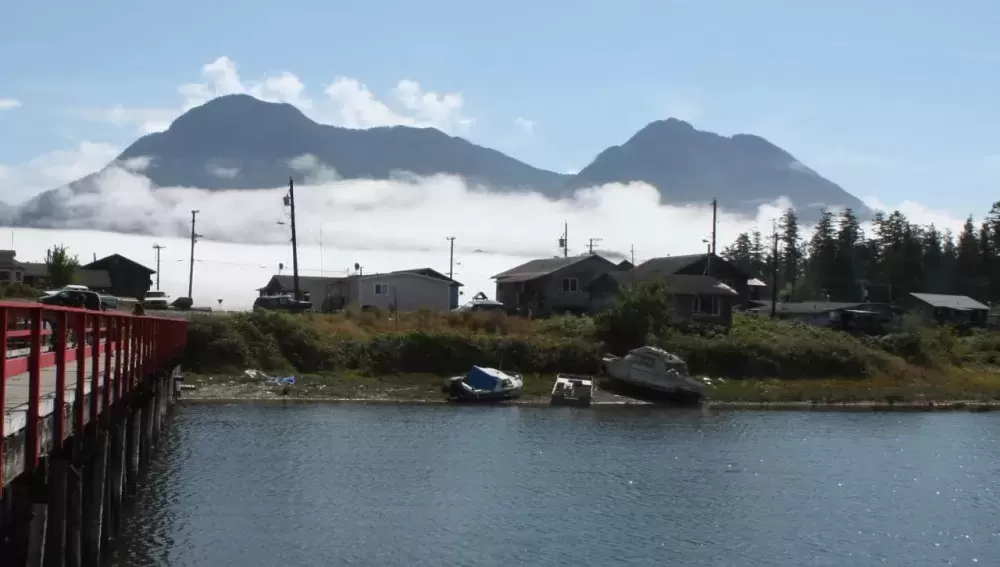Legislation is being proposed from both sides of the House of Commons to prevent more abandoned boats from collecting on Canada’s shorelines.
On Monday, Oct. 30 Canada’s Minister of Transport Marc Garneau tabled Bill C-64, the Wrecked, Abandoned, or Hazardous Vessels Act, in an effort to clean up what he said has become a “blight” on the country’s shorelines.
“Abandoned, dilapidated and wrecked vessels in our waterways can pose a risk to navigation, a danger to the ecosystem, and a blight on the landscape,” said Garneau during a news conference following the bill’s introduction. “They certainly are a growing source of frustration for many shoreline communities.”
If passed, the new act would make it illegal to leave a dilapidated boat in one place for more than 60 days without authorization. The bill enables federal authorities to hold an abandoned owner liable with a fine of up to $300,000 and six months in jail. Corporations could face up to $6 million in fines, and owners of larger vessels would be required to have removal insurance. Garneau said these regulations allow Canada to enact international standards set out ten years ago with the Nairobi International Convention on the Removal of Wrecks.
“Owners who abandon their vessels are not currently subject to any penalties, and some owners see abandonment as a low-cost, low-risk option,” said Garneau.
While the Liberals introduced Bill C-64, an NDP member of parliament from Vancouver Island pushed for other legislation that would make the Canadian Coast Guard responsible for removing and recycling abandoned vessels. Sheila Malcolmson, MP for Nanaimo-Ladysmith, first introduced Bill C-352 in April, which proposes a coast-wide strategy to prevent discarded boats from collecting along shorelines. The legislation also includes a fee with vessel registration to help cover future disposal costs and a turn-in program at recycling facilities for unwanted boats. Bill C-352 is scheduled to be debated in early December.
Malcolmson advocated for the bill days after the Anapaya sank on Oct. 21, spilling oil and gas into Ladysmith’s surrounding harbour.
“Madam Speaker, the Coast Guard's men and women on the water just two weekends ago acted quickly when a 100-foot, 90-year-old vessel, the Anapaya, started to sink in Ladysmith Harbour,” said Malcolmson in the House of Commons on Oct. 30. “This is a vessel that had been identified in 2014 by Transport Canada as a vessel of concern, but nothing was done. When the vessel sank, and it still sits on the bottom of Ladysmith Harbour, it was Coast Guard employees who boomed it and prevented an oil spill from getting worse.”
Liberal MP Terry Beech responded to say that the government has already introduced measures to improve the national issue with the Oceans Protection Plan.
“I had the opportunity very recently to spend some time at the regional district in Victoria where we talked about the issue of abandoned vessels. We are taking it very seriously,” he said. “That is why we invested $1.5 billion in the Oceans Protection Plan. We are taking action. In fact, we are taking more action than any other government before us.”
Announced by the Trudeau government a year ago, the Oceans Protection Plan includes the $6.85 million Abandoned Boats Program, which assists communities to dispose vessels, educates small boat owners on how to responsibly get rid of their unwanted vessels, and supports research into recycling discarded boats. Another program managed by Fisheries and Oceans Canada provides $1.3 million to harbour authorities for removing wrecked vessels.
But as abandoned vessels remain along Canada’s shorelines - including several in the hahoulthee of Nuu-chah-nulth nations – it remains to be seen how much the federal funding can help the current situation. After sitting in the Ladysmith harbour for four years, the Viki Lyne II was removed in October 2016 for a cost reported to exceed $1 million.







